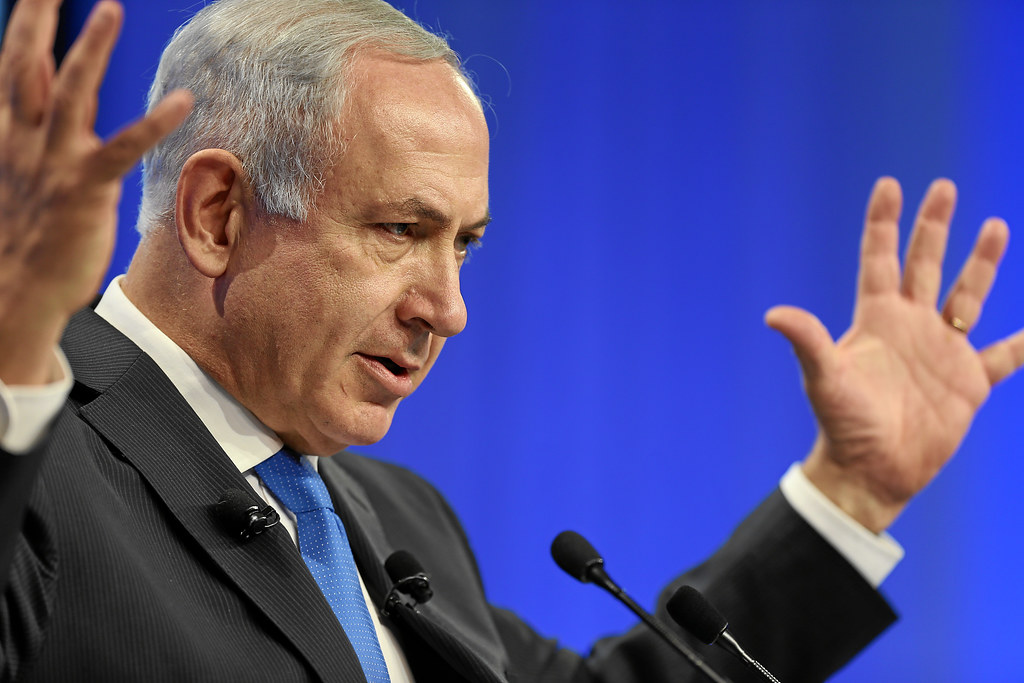Medicare has unveiled prices for the first 10 drugs selected for its negotiation program, resulting in discounts of as much as 79% off of list prices. Taxpayers will save an estimated $6 billion, the White House said in a Thursday announcement of the new prices.
The savings won’t happen right away. New pricing for these products won’t take effect until Jan. 1, 2026 for those with Medicare Part D prescription drug coverage. But these 10 widely used products in therapeutic areas such as diabetes and autoimmune disorders represent the first of many drugs on a path to the Medicare negotiating table in years to come. While patient advocacy groups say these negotiations bring Medicare beneficiaries financial relief, industry groups and drugmakers continue to lambast the federal law that set the entire process in motion.
Medicare drug price negotiation was one of the provisions of the wide-ranging Inflation Reduction Act, signed by President Biden nearly two years ago. The 10 drugs selected for negotiation were announced last August. For companies that participated in the negotiation program, talks began last October. The deadline to announce the new prices was Sept. 1. The Thursday announcement comes just ahead of the anniversary of Biden’s signing of the IRA. It also provides Vice President Kamala Harris with another talking point for the Democratic National Convention, which starts Monday. But AARP Executive Vice President and Chief Advocacy and Engagement Officer Nancy LeaMond took a bipartisan view of the negotiated drug prices.
“AARP members from across the political spectrum overwhelmingly called lowering prescription drug costs a top concern — and this first round of Medicare-negotiated prices will bring financial relief to millions of older Americans,” she said in a prepared statement. “As the voice for the 100 million Americans ages 50-plus, we will continue working to ensure this law is fully implemented and benefits older Americans for decades to come.”
The greatest savings in dollar terms are for Johnson & Johnson immunology drug Stelara, which saw $9,141 knocked off its list price. From a percentage standpoint, negotiated price cuts ranged from 38% to 79%, with Merck’s diabetes drug Januvia seeing the greatest percent change.
According to CMS, if these negotiated prices were in effect in 2023, they would have saved Medicare an estimated $6 billion. That savings figure is off of list prices. Savings off of net prices, which include rebates, discounts, and other reductions, amount to about a 22% price reduction in aggregate. That’s “not as bad as anticipated earlier this year,” Leerink Partners analyst David Risinger wrote in a Thursday research note. He added that industry fears of greater impact were allayed by company comments made in conference calls to discuss second quarter 2024 financial results, during which executives suggested the price cuts would be manageable.
Jeff Jonas, portfolio manager at Gabelli Funds, noted that most of first 10 drugs are older products near patent expiration, such as J&J’s Stelara and the Bristol Myers Squibb/Pfizer heart drug Eliquis. Since the new prices do not take effect until 2026, the impact — to companies and to Medicare beneficiaries — won’t be felt immediately. The greater impact is yet to come, Jonas said.
The drug price negotiation program will select additional drugs each year. Up to 15 drugs under Medicare Part D will be selected for negotiation in 2025; up to 15 additional drugs in Parts B and D will be selected in 2026. After that, up to 20 drugs will be selected for negotiation each year.
“There will be 15 more drugs chosen for 2027, likely including Novo Nordisk’s Ozempic for diabetes/obesity,” Jonas said. “There was also some speculation that the government went easy on the pharma companies this year given that it is both an election year and the first time they’re doing this. 2028 could include some big cancer drugs like Merck’s Keytruda. So manageable for now, but will be a headwind and something to watch in the future.”
The pharmaceutical industry has been trying to alter that future, even as the first 10 selected drugs proceeded through the negotiation process. Industry lawsuits challenging drug price provision of the IRA as unconstitutional have failed so far. But the pharma industry trade group PhRMA remains steadfast in its position that the drug price negotiation program is not a true negotiation. PhRMA says once a drugmaker’s product is selected for the program, the company must agree to the government’s price — amounting to price setting. Some financial analysts refer to these negotiations as price controls.
Leerink’s Risinger expressed concern about longer-term impacts of the IRA. Over time, drugs will feel the impact of drug price negotiation years before they face patent expiration. Consequently, innovation will likely be impacted, particularly for oral small molecule drugs. That’s because CMS can select such drugs for negotiation nine years after approval versus 13 years for biologics, putting small molecules at a disadvantage.
The coming negotiations for Medicare Part B drugs could bring much steeper price reductions. Part D drugs are medications patients administer themselves while Part B drugs are typically administered by clinicians. While Part D drugs are heavily rebated, Part B drugs are not, Risinger explained. He sees some encouraging signs that the J&J and AbbVie drug Imbruvica, the only oncology medication in the first 10, also saw the smallest discount according to percentage change at just 38%. That could be a sign cancer drugs that fall under Part B could also see smaller pricing discounts.
Photo Illustration: Scott Olson, Getty Images



















